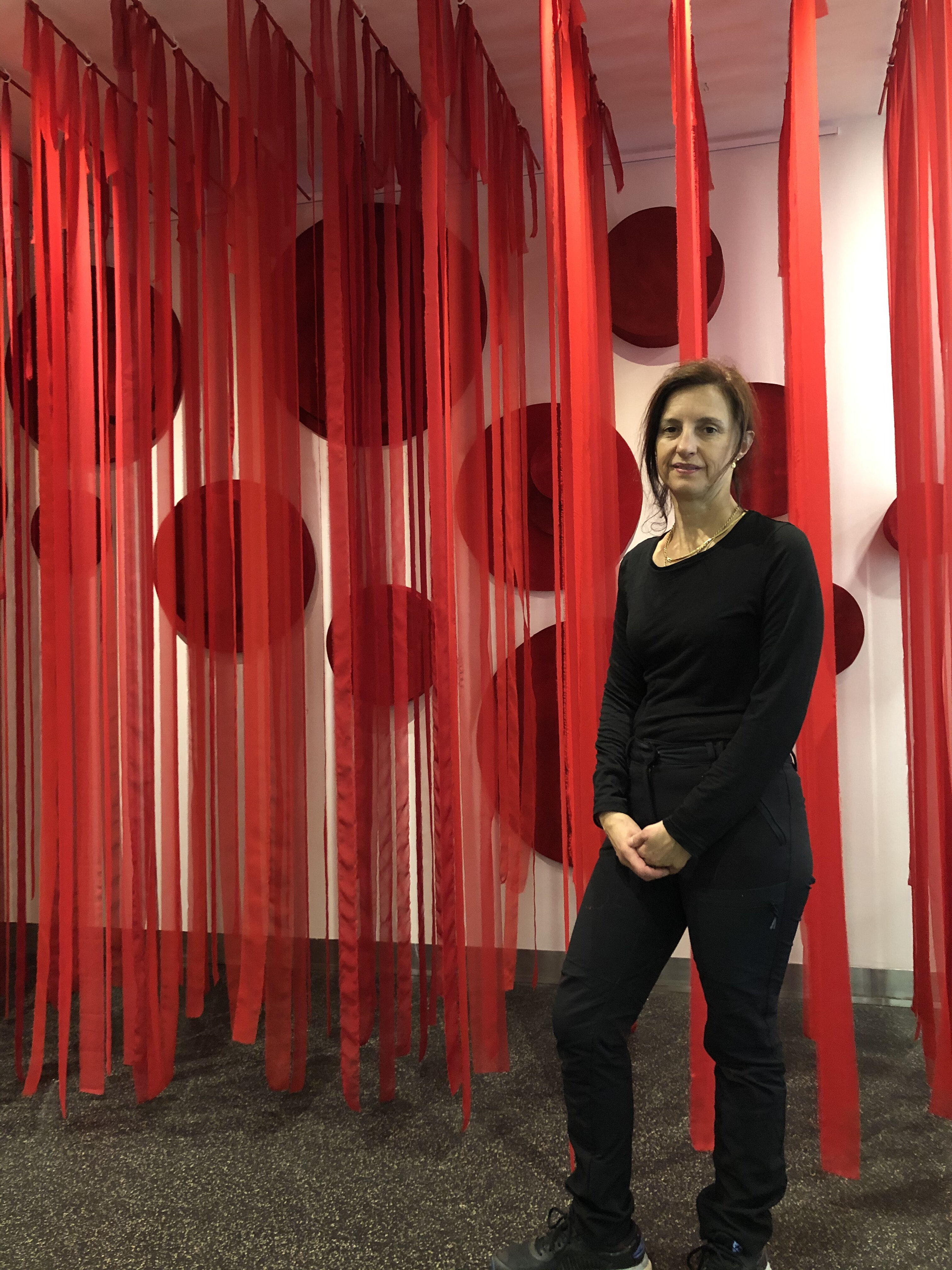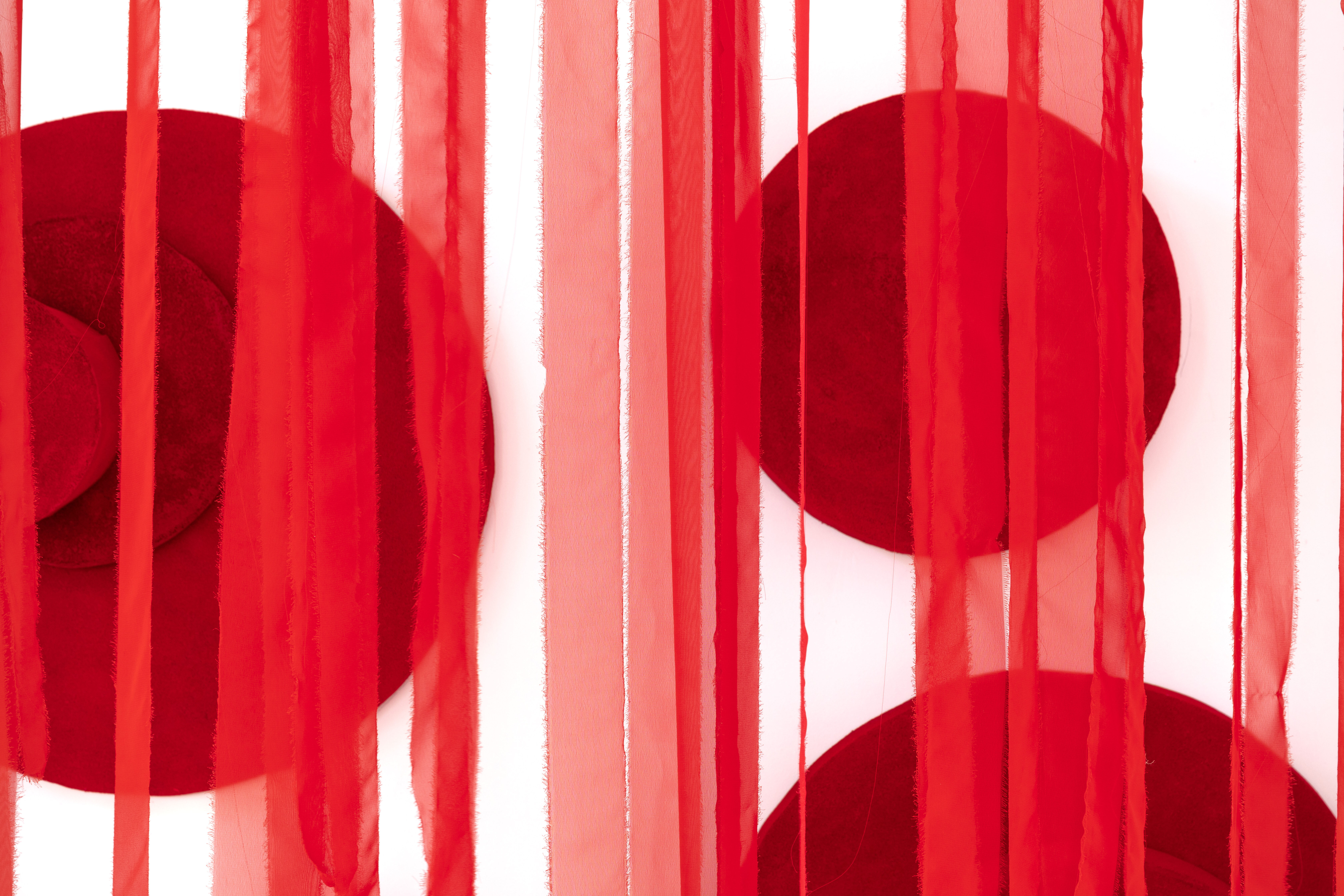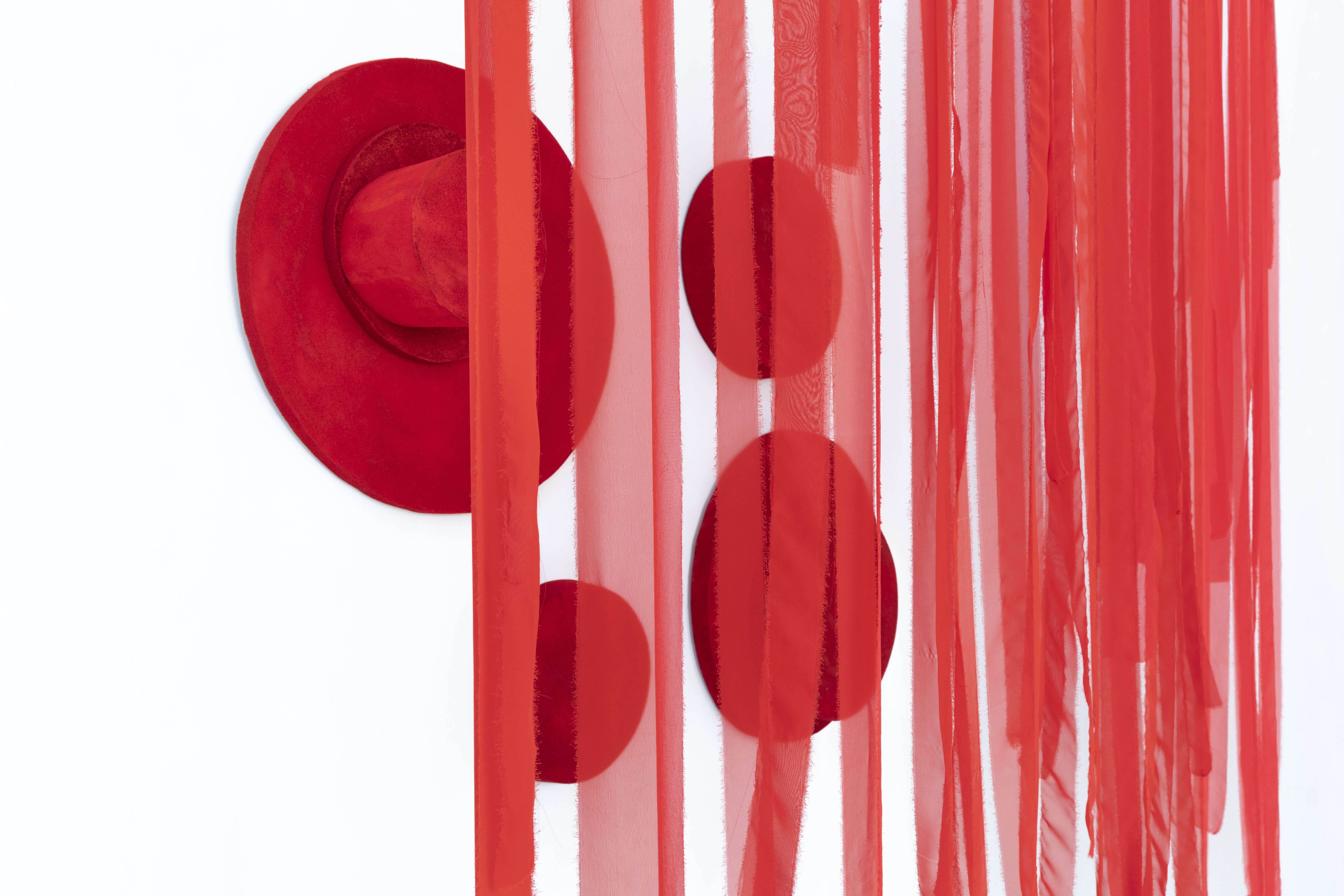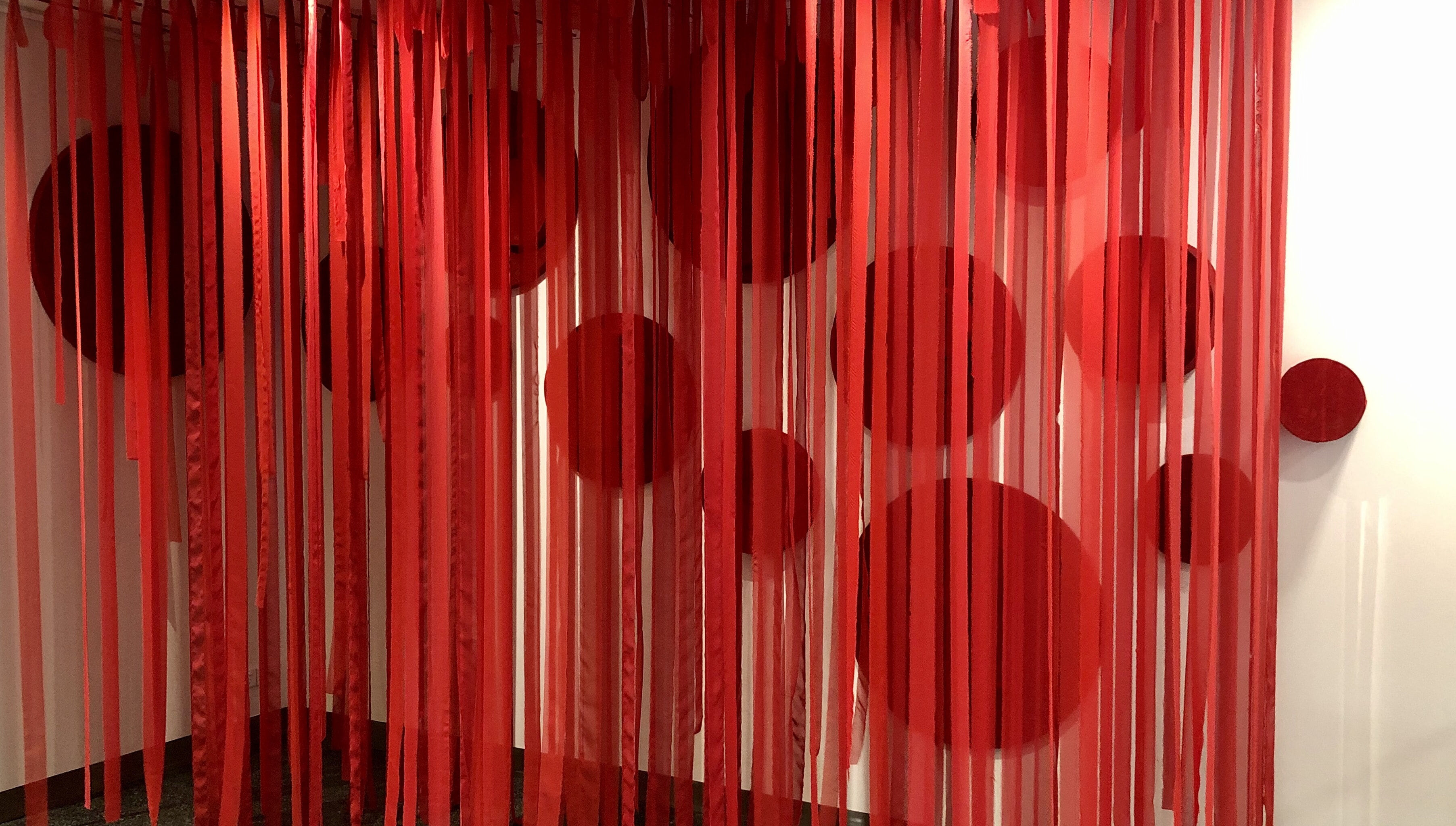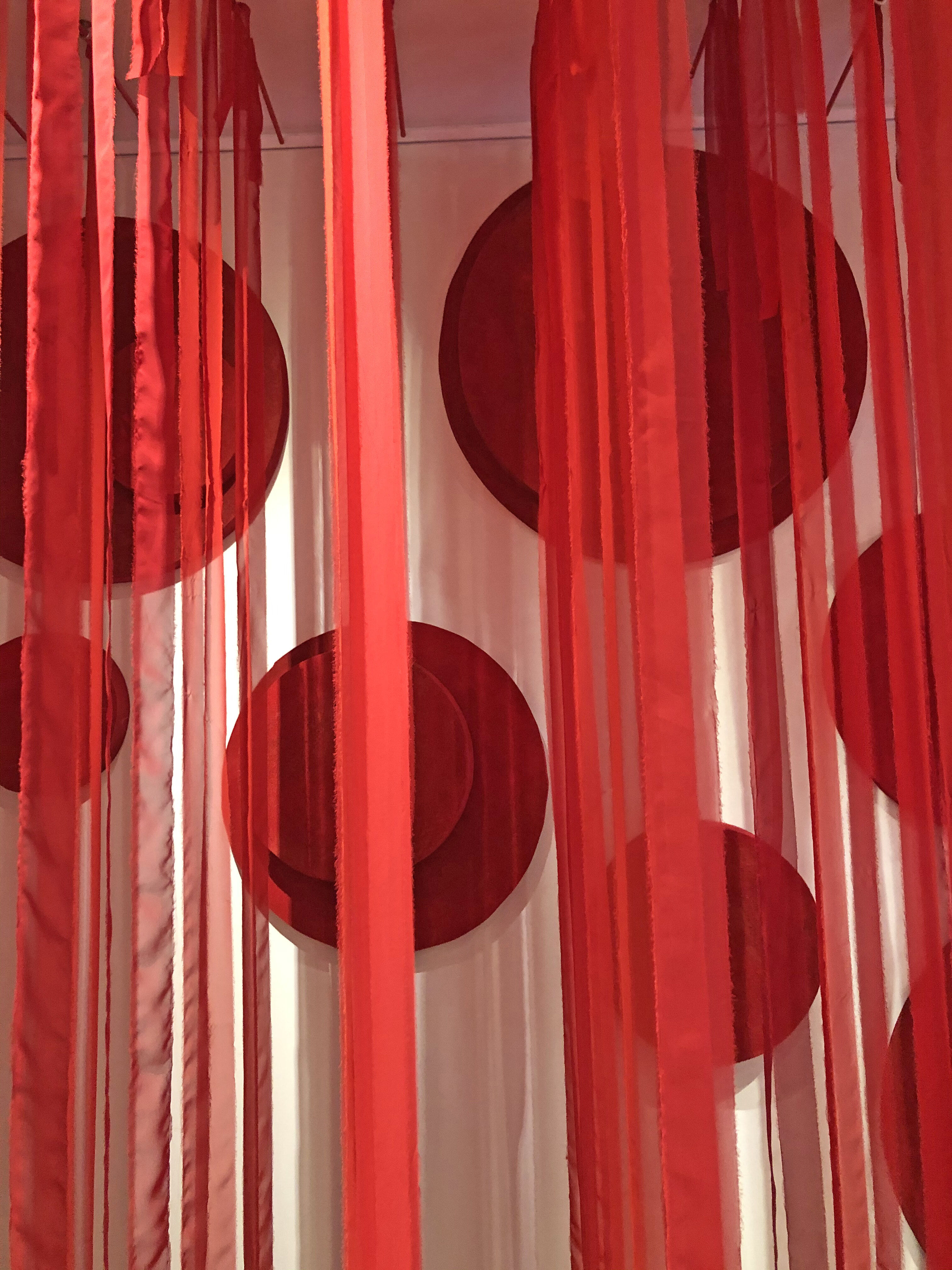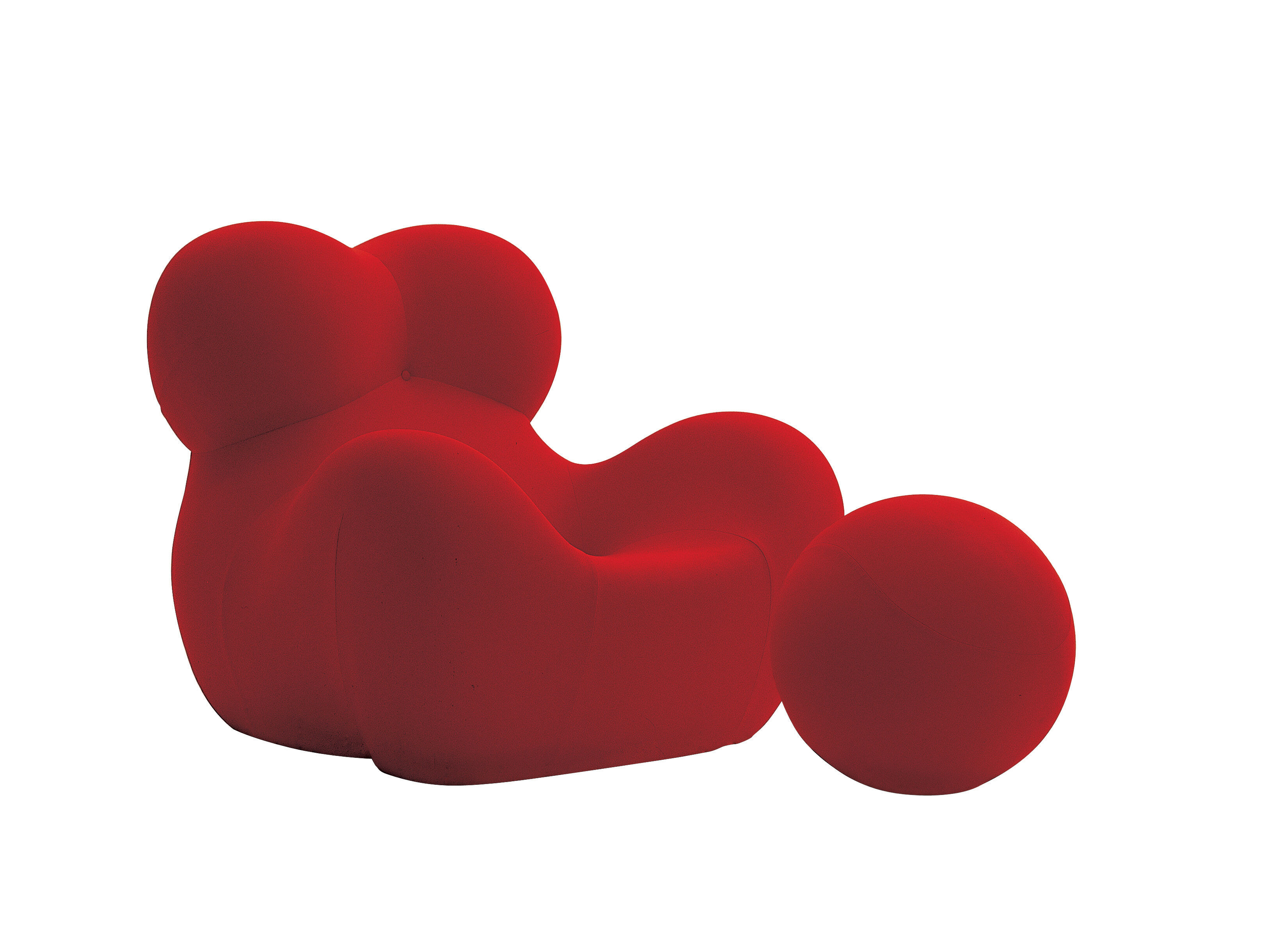By Professor Flavia Marcello
The artworks, exhibition displays and VR experiences of Parallel Visions interpret different episodes in the history of Italian design as manifested in art, architecture, furniture, graphics and everyday objects. So what is the social, political and economic context that produced these works that we as a team of artists, exhibition designers and historians have re-interpreted for the21st Century? A short introduction for an exhibition catalogue is not the place to present the entire history of Italy in the 20th Century, nor can I give you a complete history of evolution of Italian design. So instead I will do two things – give you a very brief summary of Italy’s complex 20th C history and then look at a little explored aspect of the evolution of Italian design, its interweaving with the history of the Milan Triennale. Before becoming one of Italy’s premier cultural destinations, the Palazzo dell’Arte was home to the Milan Triennale, an exhibition of industrial and decorative arts that originated in Monza in 1923 before moving to Milan ten years later. The Milan Triennale ushered in a more holistic idea of design that included fine art, traditional handcrafts and architecture alongside the usual objects of industrial and decorative arts.
In 1911, the 50th Anniversary of Unification, Italy was still struggling with its own national identity a process that its late entry into World War I in 1915 did not do much to strengthen. Coming out the other side of 1918 it was reeling from a decimated generation of young men, the influenza epidemic and a hollow victory that left the Nationalist minority hungry and dissatisfied. This, together with an ineffectual and ever-changing national government, left the field wide open for a young Socialist journalist called Benito Mussolini to take power. And so we move into the ventennio, the period between 1922 and 1943 when Italy was under a fascist regime. Rooted as it was in Socialist ideals, it did much to transform Italy into a modern nation of fast roads, burgeoning industry and the famous ‘trains running on time’. This, however, came at an increasing cost to personal freedom and as the ‘price’ for defying the Great Depression and having food on the table became increasingly harder to pay. The Invasion of Ethiopia in 1936, the alliance with Nazi Germany, the introduction of anti-Semitic policies from 1938 and Italy’s entry into the Second World War in 1941 pushed Italians to fight against the regime and bring it down.
Emerging from Nazi occupation and liberation by the Allies in the mid 1940s, Italy was able to rebuild itself as a democratic Republic and by the late 1950s was in the midst of an economic miracle thanks to aid from the Marshall Plan and a Golden Age of international trade. The 1960s was an era of social protest and collective action before Italy plunged into the dark years of the 1970s that was marked by the restraints of the oil crisis and widespread terrorism. Despite high inflation the 1980s was dubbed the second economic miracle and Italy became the fifth biggest industrialised nation. The 1990s saw the birth of the Second Republic, a political re-organisation that saw the rise of a Milanese businessman called Silvio Berlusconi to become the second-longest national leader.
Today we associate the Triennale with the Palazzo dell’Arte, the big red building that stands on the edge of Milan’s Parco Sempione, a short walk from the famous Sforza Castle. You can visit its great bookshop, eat at the cafè, wander around the sculpture park and see the latest exhibition on art, architecture and design. The first edition held in 1933 was significant for the evolution of Italian design because at that time there was no such thing as a designer per se. Most of what we now think of as design for the home- furniture, door handles, fabrics and lamps - were designed by Italian architects who, took the Austrian concept of the gesamtkunstwerk (total work of art) and the German ideal of unity of the arts originating in the Bauhaus across the Alps and reinterpreted it in a Mediterranean vein. The Rationalist movement, as it began to be known, preferred function to decoration and this carried over into several creative areas. An object (or a building) did not need to have decoration added to it to be beautiful, the aesthetic appeal was in the form of the object itself developed as a direct expression of its function.
During the 1930s the Triennale Exhibitions showcased Italian design as the manifestation of Fascist Italy’s economic, artistic and social achievements in the face of the Great Depression and the World Wars. The Exhibition of Mass Production at the 1939/40 Triennale was the first affirmation Italian industrial design as a discipline and a practice.
But propaganda does not just belong to totalitarian regimes. In the 1950s and 1960s Italian design was more subtly promoted in a more capitalist vein as a manifestation of the economic, artistic and social achievements of a democratic nation able to rebuild itself with nothing short of an economic miracle. In this time of the post-war boom what we now more properly call designers were asking themselves how can objects be better designed to improve everyday life? The 1954 Triennale ‘hit the accelerator’ on the development of industrial design as a manifestation of culture while the 1964 edition shifted from displaying and selling goods to the more critical and cultural approach you might see if you visit the Milan Triennale today.
Giuseppe Pagano was a key player on the 1933, 1936 and 1939/40 editions of the Triennale and BBPR designed a number of exhibition spaces and their Saturday House pavilion throughout the 1930s. Gio Pomodoro’s first work was displayed at the 1954 Triennale and was an important feature of the and 1979 Edition. Bruno Munari made his transition from graphic art to industrial art thanks to a Triennale-sponsored textile designs competition. In addition to his 2007 Pink Pavilion, Gaetano Pesce had his first major retrospective there in 2005. Finally, Alessandro Mendini presented himself as a counter monument at the 1985 Triennale to critique our worship of design and designers. Their works are all part of the Triennale’s permanent collection. The Parallel Visions exhibition is, in a sense, its own (small and rather far-flung) chapter in the history and evolution of Italian design.

